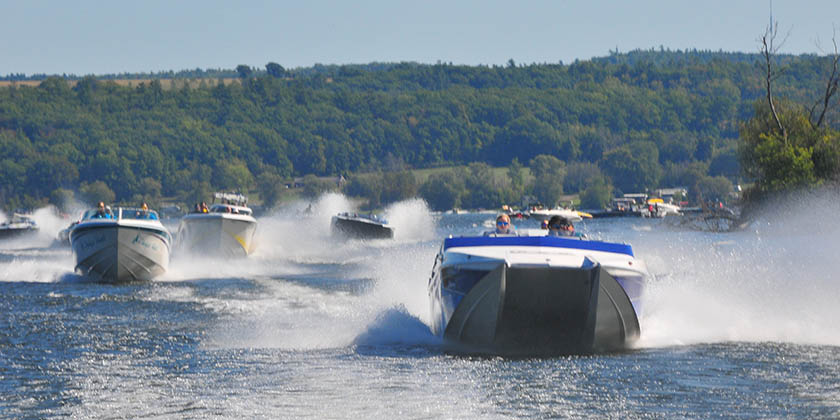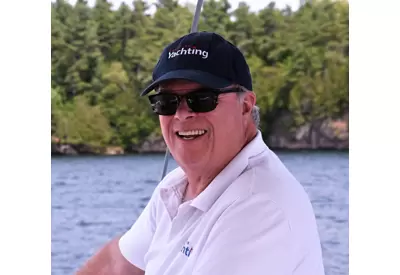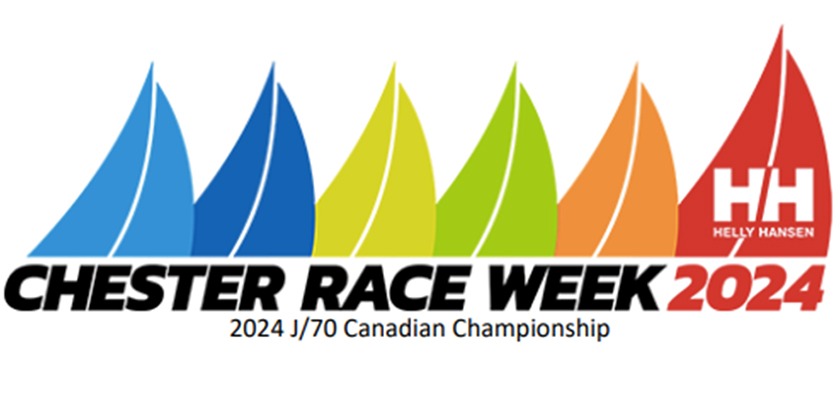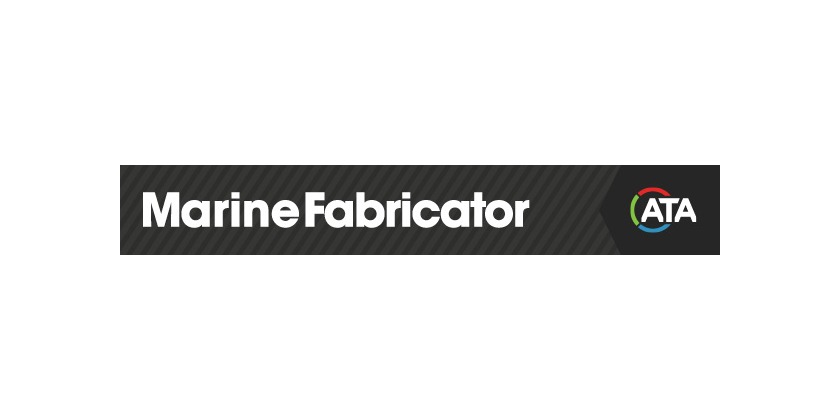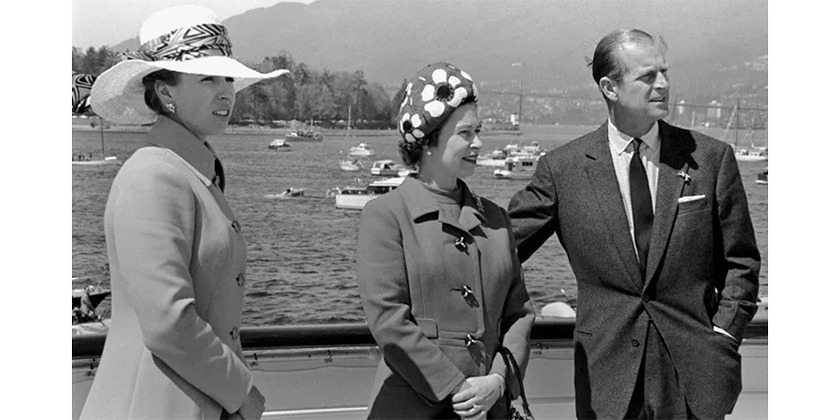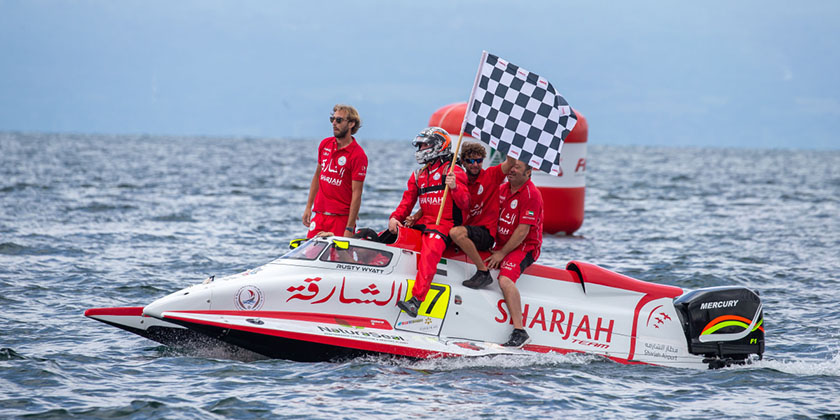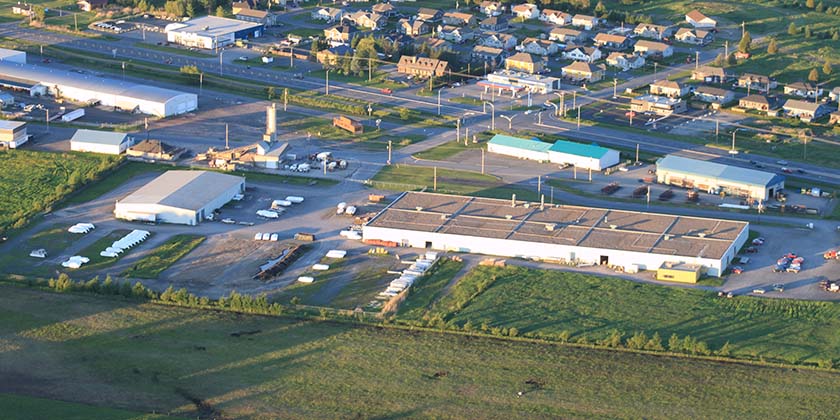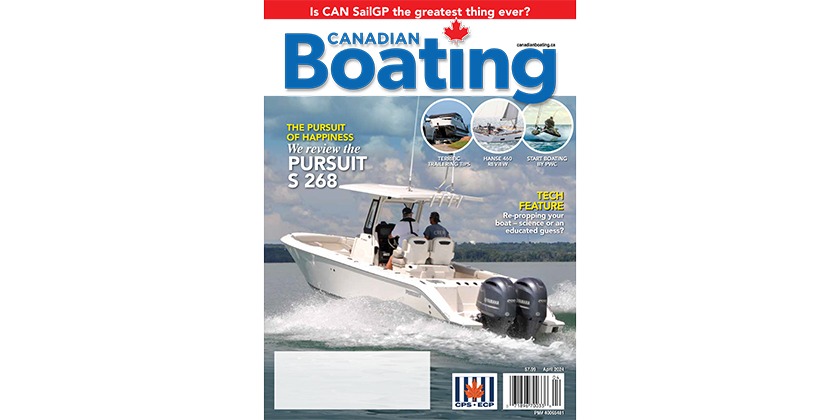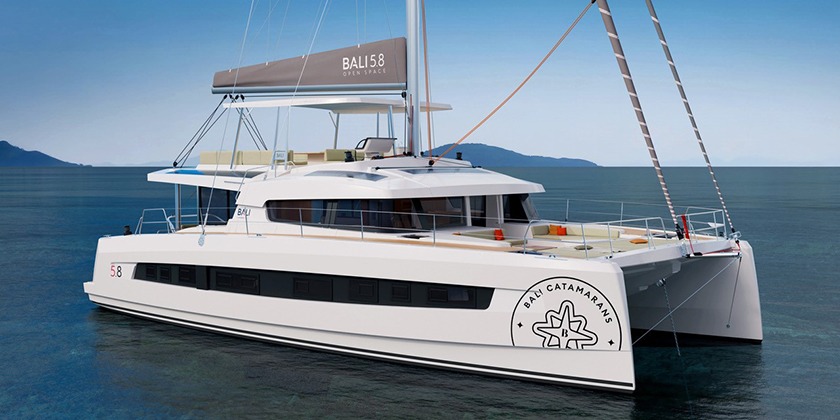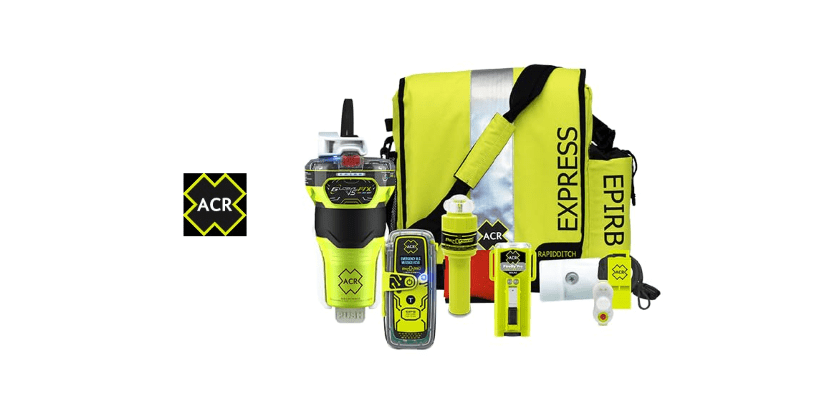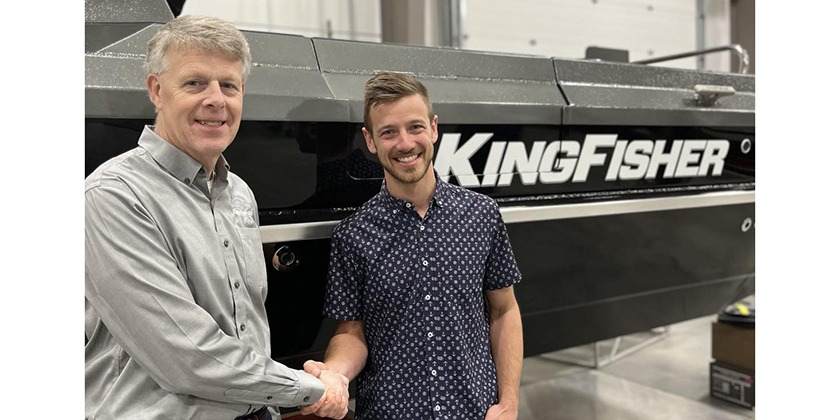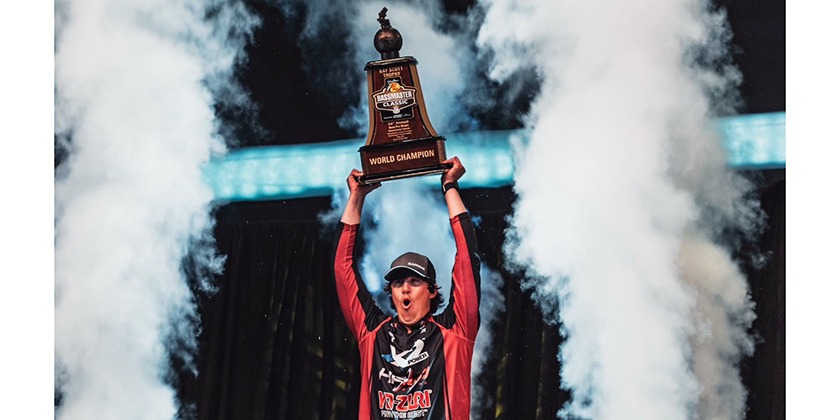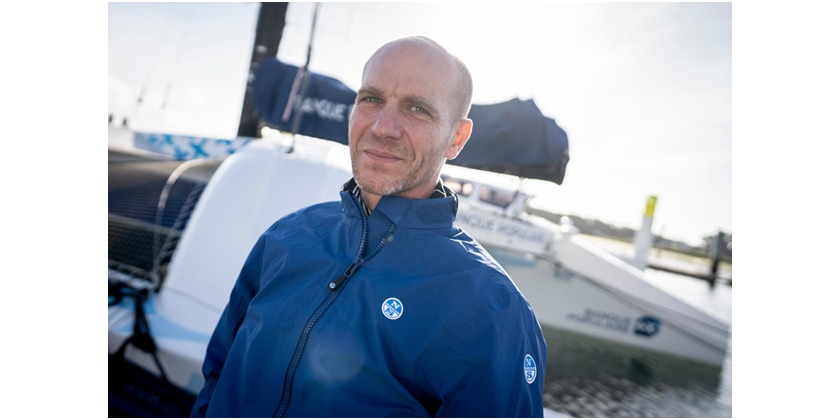SWITCHING TO CAST POLYURETHANE PARTS FOR HIGH IMPACT, HIGH WEAR APPLICATIONS
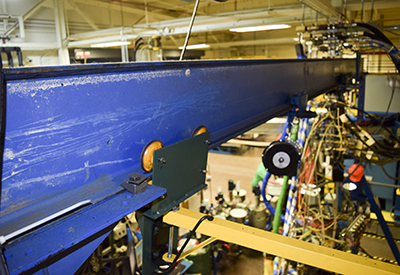
May 14, 2017
High-performance polyurethanes combine the advantages of plastics, metals and ceramics with resiliency of rubber parts.
Although ship and boat building design engineers have traditionally specified parts made of rubber, plastic, or steel when durability is required, many are considering a new alternative for the most demanding, high-wear, abrasion and impact applications: cast polyurethanes.
Cast polyurethanes, also broadly referred to as urethanes, are tough, elastic materials that combine many of the performance advantages of high-tech plastics, metals and ceramics along with the resiliency and flexibility of rubber parts and are ideal for ship/boat building components.
Unlike its closest counterpart, rubber, which is prepared as sheets or loaves before being molded in a high pressure press, urethanes can be poured as a liquid mixture into less expensive, low pressure molds. Using this technique, complex mold cavities can be filled without high-pressure molds and presses.
This provides a multitude of advantages, not the least of which are lower tooling and production costs than both rubber and plastic molding.
In terms of performance, cast polyurethane parts are often lighter in weight than alternatives and are not brittle and will not crack like plastics under stress or extreme temperatures.
 To be sure, cast polyurethane parts are not new. Nonetheless, awareness of the potential for this type of material has largely remained under the radar. This can be attributed to several factors, not the least of which is a general lack of understanding of the options and formulations.
To be sure, cast polyurethane parts are not new. Nonetheless, awareness of the potential for this type of material has largely remained under the radar. This can be attributed to several factors, not the least of which is a general lack of understanding of the options and formulations.
One does not simply specify a polyurethane part, for example. There are many formulations – some proprietary – that can be used to manipulate a range of variables such as hardness, resilience, spring rate, and chemical resistance.
For this reason, ship/boat building design engineers interested in a possible switch to polyurethane from plastics, steel, ceramic or rubber parts, are often best served by seeking out the assistance and guidance of experts in urethane formulation.
Customized Urethane Parts in Action
When a Dutch ship builder required a new slipway liner that could absorb the impact and abrasion of a speedboat exiting and entering its offshore patrol vessel through a rear bay, for instance, it selected a specially formulated polyurethane from Argonics, one of the U.S.’s largest producers of wear-resistant urethane products, over other materials.
The urethane liner replaced a nylon plastic liner, which tended to damage speedboats because it was too hard, according to Lars Muller, owner of Muller-Beltex, a Netherland-based parts distributor to various industries, who was involved with the project.
“The liner had to resist impact, abrasion, seawater, and UV exposure yet allow the speedboat to slide in and out of the bay without damaging the speedboat or the patrol vessel,” says Muller.
To maximize durability and cushion the impact of the speedboat entering and exiting the offshore patrol vessel’s rear bay, Argonics collaborated with the Dutch shipbuilder and Muller-Beltex to engineer a urethane slipway liner comprised of two layers of material each with a different durometer, a measure of hardness.
 According to Muller, Argonics came up with the idea of creating a dual durometer liner to better withstand the inevitable wear and impact.
According to Muller, Argonics came up with the idea of creating a dual durometer liner to better withstand the inevitable wear and impact.
“The urethane’s harder top layer has more resistance against cutting and tearing, while the bottom layer is softer to better withstand the impact of the powerboats,” says Muller.
He adds that Argonics’ expertise in urethane formulation helped to optimize the material for the necessary characteristics, while creating strongly bonded layers that would not separate.
“With their expertise, along with CAD, Solidworks, and prototyping capability, they can design a part in urethane to match any other substance or requirement,” says Muller.
Continued collaboration between the three companies has resulted in additional product refinements.
“We recently beveled the slipway liner’s edges to ensure that no seawater or sand can get behind it,” says Muller. “We also hardened the urethane at the bolt holes to better hold the screws and attachments where they fit the liner. To ease installation in the field, we added countersunk areas in the liner to match the exact positions of the part’s countersunk boreholes.”
“With urethane, you can combine strength, resilience, and lifetime durability in one product,” adds Muller. “The end user is very enthusiastic about the slipway liner. The application is now fully accepted by the shipyard and a standard product in their ship line.”
Proprietary Formulations
Although urethane producers can create customized formulations to accommodate varying characteristics such as hardness, resilience, and spring rate, some also have developed proprietary formulations.
Kryptane is an extremely wear-resistant material for applications where sliding, impact, abrasion, or corrosion occurs regularly. Examples include impact-and abrasion-resistant plates; blasting curtains and screens; chute, bin and hopper liners; pipe, fitting and valve liners, vibration pads, seals and gaskets; as well as truck bed liners, wheel chocks and crossover pads.
Instead of choosing to make parts via injection molding, ship/boat builders will often choose the method of poured urethane parts from Argonics because they do not want to pay the high cost of injection molded tooling. Urethane is usually much more cost effective, whether for one-off or higher volume parts.
For more information contact Argonics, Inc., 520 9th St., Gwinn, MI 49841; visit www.argonics.com; call 800-991-2746; email information@argonics.com.

